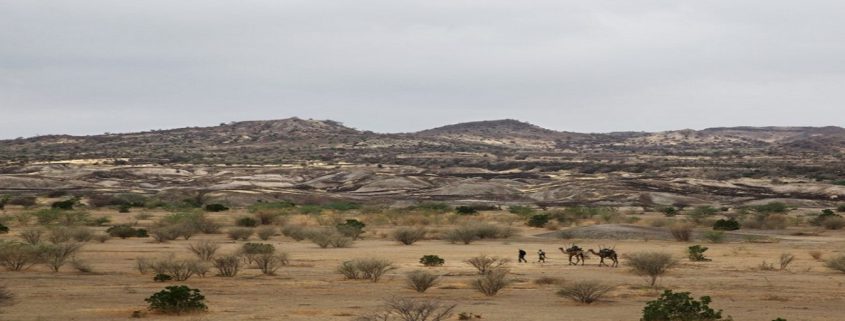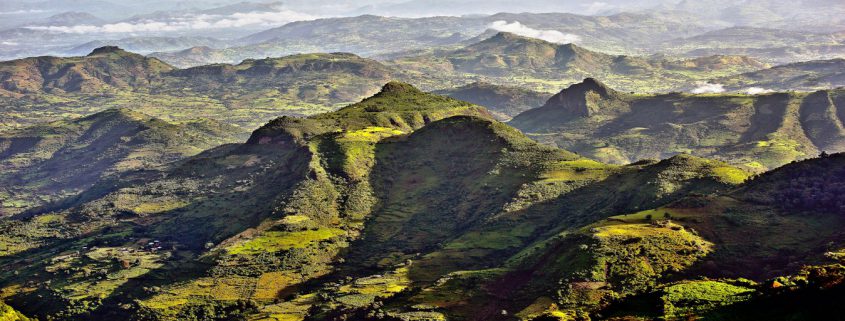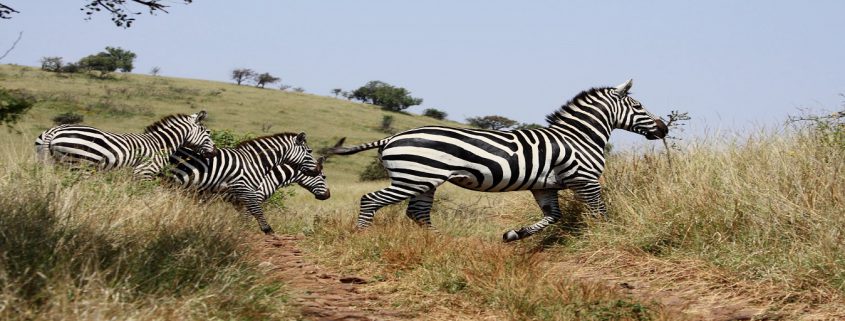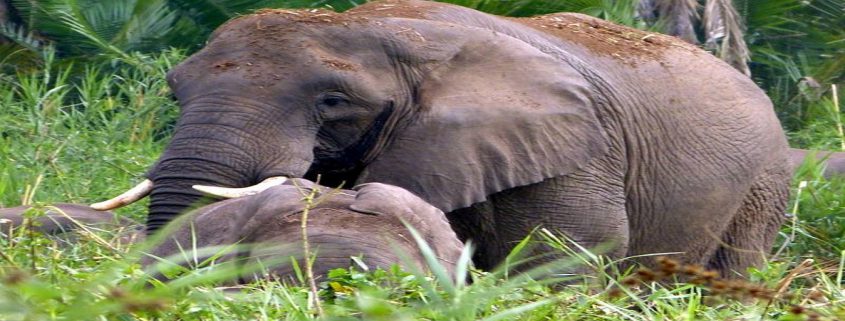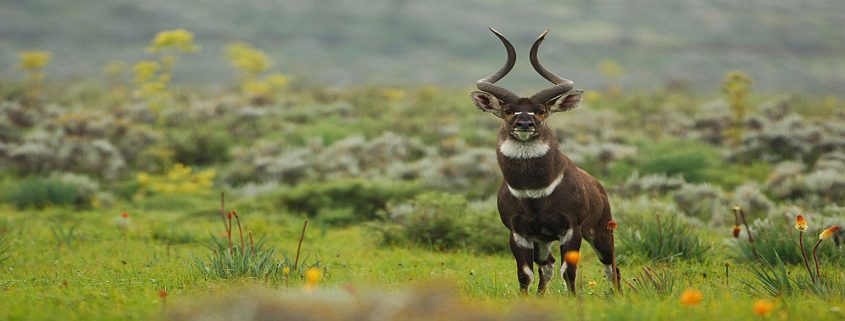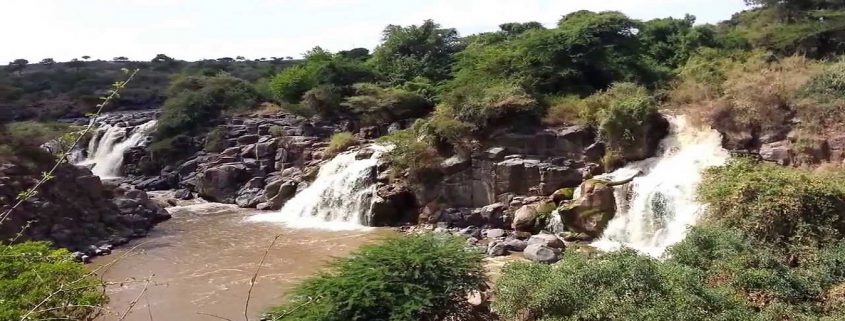Yangudi Rassa National Park
It’s not a surprise that Africa is a place of amazing parks, but
none combines such a variety of stunning landscapes and wildlife as
Afar’s Yangudi Rassa National Park. Not only you can catch incredible
close up view of the wildlife daily activities but you can also explore
the nearby world’s spectacular landscapes.
There are truly few places on Earth that blend culture and nature as
incredible as the one you see in Afar. Yangudi Rassa National Park lies
in the warm Afar region holding 4730 square kilometers of territory next
to the massive Mount Yangudi. Sandy semi-desert and wooded bush and
grass cover the majority of the park’s area. It’s home to several wild
animals and birds including the wild Ass, Beisa Oryx, Soemmering’s
gazelle, gerenuk and Grevy’s zebra, Phoenicopterus, Petronia
brachydactyla and Ardeotis arabs.
This national park was proposed to protect the
African Wild Ass. Recently, the Wild Ass went extinct in Yagundi Rassa.
However, there is a small population in the adjacent Mile-Serdo Wild Ass
Reserve (8,766 km²). The park headquarters are in the town of Gewane. A
large part of the park is composed of extensive grasslands and
thickets. With an average altitude of 500 masl, the climate of the park
is hot and dry for a larger part of the year. It has an estimated area
of 5,400 sq km and is covered with grasslands, bush and thorn thickets.
Besides these major habitats, dry river beds, rocky hills and sandy
semi-deserts formmicro-habitats. Thickets are largely composed of Acacia
mellifera and A. nubica. The Awash River forms its western boundary
where better vegetation growth can be observed. Temperature can rise to
42 – 43 ºC in the shade. Rains are bi-modal with the main rainy season
extending from October-December. An erratic pattern of rainfall is
expected from August to September. The park is in a major flyway for
migrant birds coming from the northern hemisphere from September to
January. In this respect, the Awash River plays a critical role
sustaining the lives of millions of southbound sojourning birds.
Unique features – Yangudi Rassa is an extensive
wilderness in this remote northeastern partof the country. More than 200
birds have been recorded here. Of these, no less than 23 Somali-Masai
Biome species and two globally threatened species, namely, the Lesser
Kestrel and Pallid Harrier are know to occur in the park. It is an
important flyway for species like the Terek Sandpiper, Common Sandpiper,
Redshank, Woodchat Shrike, Lesser Grey Shrike, Black Cap and Ortolan
Bunting. This protected area also has 36 species of mammals including
Wild Ass, Beisa Oryx, Dorcas Gazelle, Hamadryas Baboon, Bat-eared Fox,
Black-backed Jackal, Striped Hyena and Aardwolf.

